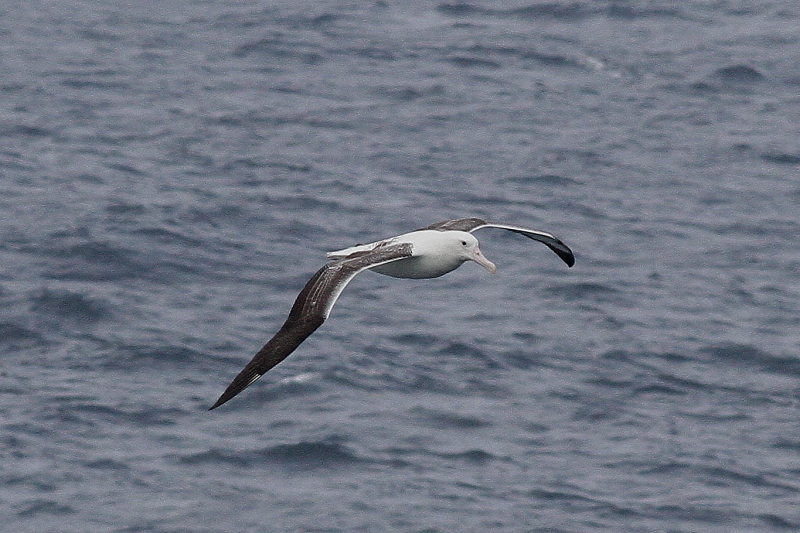We made surprisingly good time across the Drake Passage to reach Cape Horn by late afternoon. Cape Horn was first "discovered" in 1616 and was named after the hometown of the Dutch explorers who sailed around it. This "discovery" is an utterly bizarre concept to me considering that this whole area had been settled by indigenous Yaghan people for at least 8,000 years. These people have been virtually wiped off the face of the planet due to smallpox, measles, lack of food resources due to overhunting of seals and whales by Europeans and organised bounty hunting by gold miners and sheep farmers who settled the area during the proceeding centuries. The Yaghans themselves would have comprised of different groups each with their own language and traditions. Only one full-blooded and native speaker remains alive as of today, what a sad, sad state of affairs. As we sailed through the Magellan the following evening I was particularly struck at how empty and lonely the landscape appeared to be. Incredible to think that these same shorelines would have whole families and communities hunting and fishing here for countless generations, all gone now.
https://ebird.org/checklist/S62768067
https://ebird.org/checklist/S62785415
https://ebird.org/checklist/S62781240
https://ebird.org/checklist/S62768067
https://ebird.org/checklist/S62785415
https://ebird.org/checklist/S62781240
 |
| Blue Petrel |
 |
| Blue Petrel |
 |
| Northern Giant Petrel |
 |
| Northern Giant Petrel |
 |
| Southern Giant Petrel |
 |
| Southern Giant Petrel |
 |
| Grey-headed Albatross |
 |
| Grey-headed Albatross |
 |
| Black-browed Albatross |
 |
| Black-browed Albatross |
 |
| Southern Royal Albatross |
 |
| Southern Royal Albatross |
 |
| Southern Royal Albatross |
 |
| Southern Royal Albatross |
 |
| Southern Royal Albatross |
 |
| Wandering Albatross |
 |
| Chilean Skua |
 |
| Imperial Cormorant |
 |
| Cape Horn |
 |
| Albatross memorial on Cape Horn. |
 |
| Cape Horn lighthouse and research centre. |
No comments:
Post a Comment